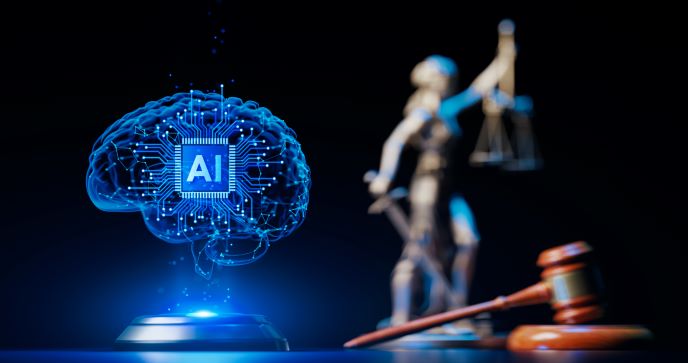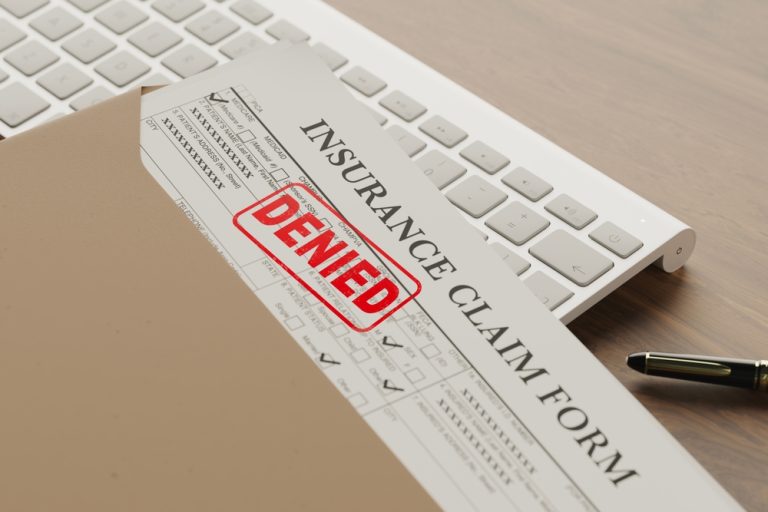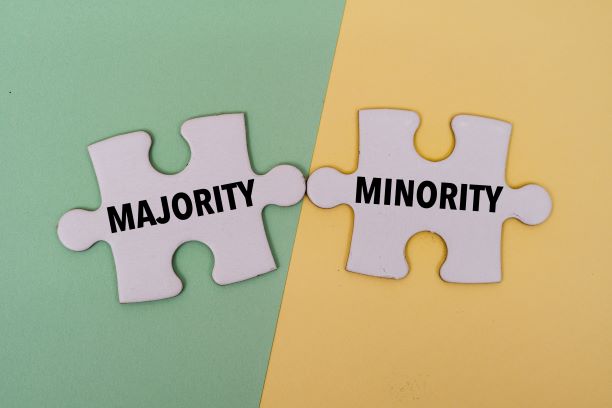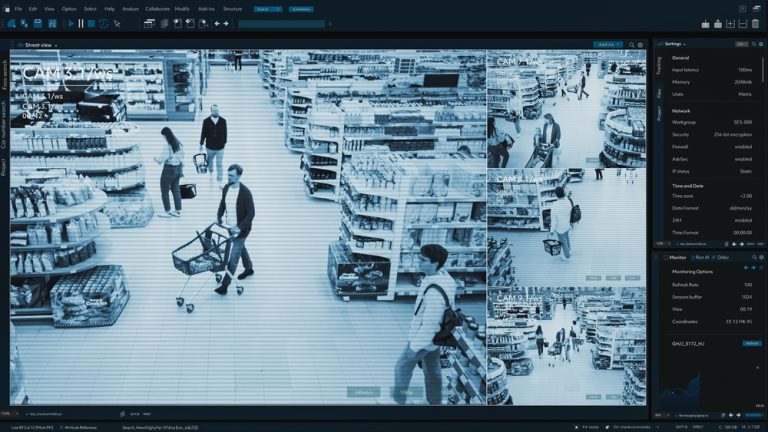Using Cell Phone Records In Accident Cases
Using Cell Phone Records In Accident Cases
It is now standard procedure to obtain the cell phone records of the opposing party in cases involving motor vehicle accidents. The number of motor vehicle accidents that have been linked to cell phone usage, both telephone conversations and texting, is staggering. According to a 2010 National Safety Council study, 28% of traffic accidents occur when a driver is using a cell phone. As a result, it is critical to obtain a driver’s cell phone records when defending a product liability case involving a motor vehicle or any car accident case. Cell phone records are typically obtained through a subpoena to the driver’s cell phone provider.
The goal when reviewing the driver’s cell phone records is to determine whether the driver of the motor vehicle may have been talking on the cell phone or texting at the time of the accident. If you can establish that the driver was using the phone at the time of the accident, then you have powerful evidence that the driver was distracted. This evidence supports that the driver’s cell phone distraction was the cause of the accident, rather than some malfunction or defect in the motor vehicle.
Unfortunately, using cell phone records to establish a driver was on the phone at the time of the accident can be a very challenging task. Every second will often be important when trying to establish that the driver was using the cell phone at the time of the accident and had not ended the call before the accident. The unique challenges presented by cell phone records are demonstrated by the number of expert witnesses whose practices are solely dedicated to analyzing cell phone records and determining the actual starting and ending times for calls.
It is important to understand the main issues that arise when analyzing cell phone records. While the records produced by the different cell phone providers vary, they usually provide at least the start time and duration for all calls made and received. You must determine what the times on the cell phone records represent. For example, does the start time represent the time that the call was placed or when the call was answered? How is the call duration calculated? Does the call end when the first person hangs up or only when the person who made the call hangs up? Is the number of minutes of call duration rounded up to next minute? Another important issue is the source of the starting and ending times for a call. These times are typically recorded using the time from the cell site (or cell tower) that processes the call. The problem is the times on the various cell sites are not synchronized; thus, there may be timing discrepancies between the different cell sites. Being aware of the issues that exist with cell phone records is essential when analyzing whether the cell phone was in use at the time of the accident.
When you receive cell phone records you should first consult the cell phone provider’s website, which typically contains some information on how to read the records. In addition, you should request from the provider a legend or key which defines the terms and characters used in the records. If you still have questions regarding what the times represent or the other contents of records, you can depose the provider’s records custodian.






